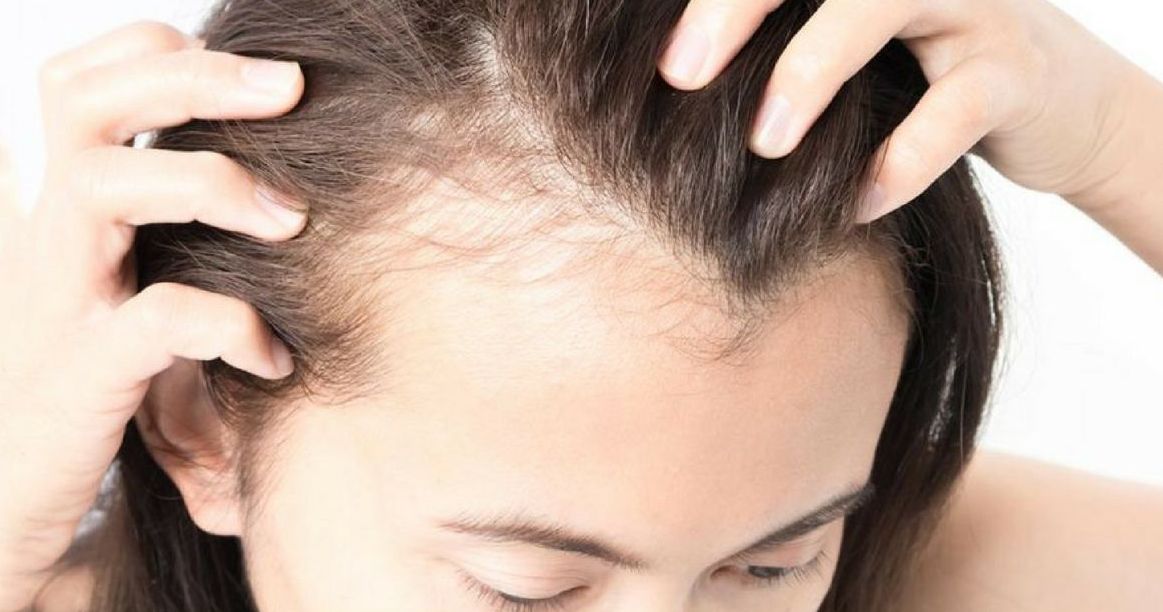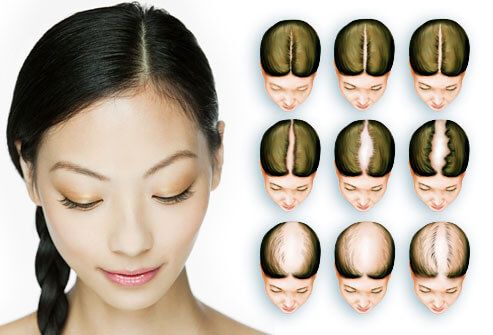When you think about baldness, you typically associate the condition with older men, but it turns out it's extended to females too.
It turns out 70% of women will experience hair loss over the course of their life time, and while it's a distressing number, it's not always permanent.
For example, if a woman has just given birth, their hormonal changes will impact their hair follicles. Unlike men who develop a receding hairline or pate, women will notice a decreasing amount of hair on their hairline and parting.
That being said, hair loss can also become permanent, and according to hair transplant specialist Dr. Asim Shahmalak it's becoming more common in women.
"I think that concerns around female hair loss are rising as more and more women choose to talk about their experience," he said.
"There is still a stigma attached to female hair loss, but instead of being something shameful or embarrassing, it's important to remember that hair loss is a natural process and a result of aging."
He further explained that while genetic factors are the leading cause of hair loss, there are other reasons women are losing their strands.
"Up to 80% of hair loss is due to genetic factors, which are inherited from your parents. Your likelihood of experiencing hair loss can increase however, due to a number of other factors, such as: Illness (eg. alopecia, anaemia, thyroid issues), smoking, using harsh chemicals on hair, such as when bleaching or perming, regularly tying hair back into tight styles, stress or poor diet," Shahmalak said.
Prevention And Solutions
According to Shahmalak, there are plenty of ways you can improve your hair's health, such as increasing your protein, essential vitamins, and iron intake in your diet if it's due to a deficiency.
Shahmalak added that exercise is another technique to increase your hair growth, while styling your hair certain ways can lead to its loss.
"Exercise not only helps to improve your overall health and cardiovascular strength, but increased blood flow to the scalp delivers oxygen and nutrients to hair follicles, which can help to keep your scalp and hair healthy," the doctor shared.
"Stopping smoking, avoiding harsh bleaching and perming of hair and not wearing hair pulled back into tight styles can also help to reduce the chance of hair loss," he continued.
He added that there are also medications available to prevent hair loss and encourage regrowth, such as Finasterade and Minoxidil (which must be prescribed by a doctor). These drugs work by stimulating the hair follicles to "create new hair and protect the follicles from the effects of growth-reducing hormones."
However, Shahmalak said if all else fails, individuals can opt to undergo a hair transplant surgery.
"FUT (Follicular Unit Transplant) hair transplants are a great permanent option for female hair loss," Shahmalak said.
"This involves individual hair follicles being removed from less visible areas of the scalp and transplanted into thinning or balding areas," the doctor added. "The transplanted hair can be placed in specific areas of the scalp where hair loss is particularly noticeable, or can be placed across the scalp to help hair look thicker in general."
Otherwise, if budget is a constraint and you're not ready for the lengthy recovery time, then a scalp micropigmentation (SMP) is always a safer method of choice.
What would you do if you experienced hair loss?
For more on hair loss, check out these informative articles:
- What Does Your Hair Say About Your Health?
- Baldness Solution Potentially Found In McDonald's French Fries
- Notice Your Hair Is Getting Thinner? 7 Ways To Prevent And Reverse
[H/T: Daily Metro, Medical News Daily]





